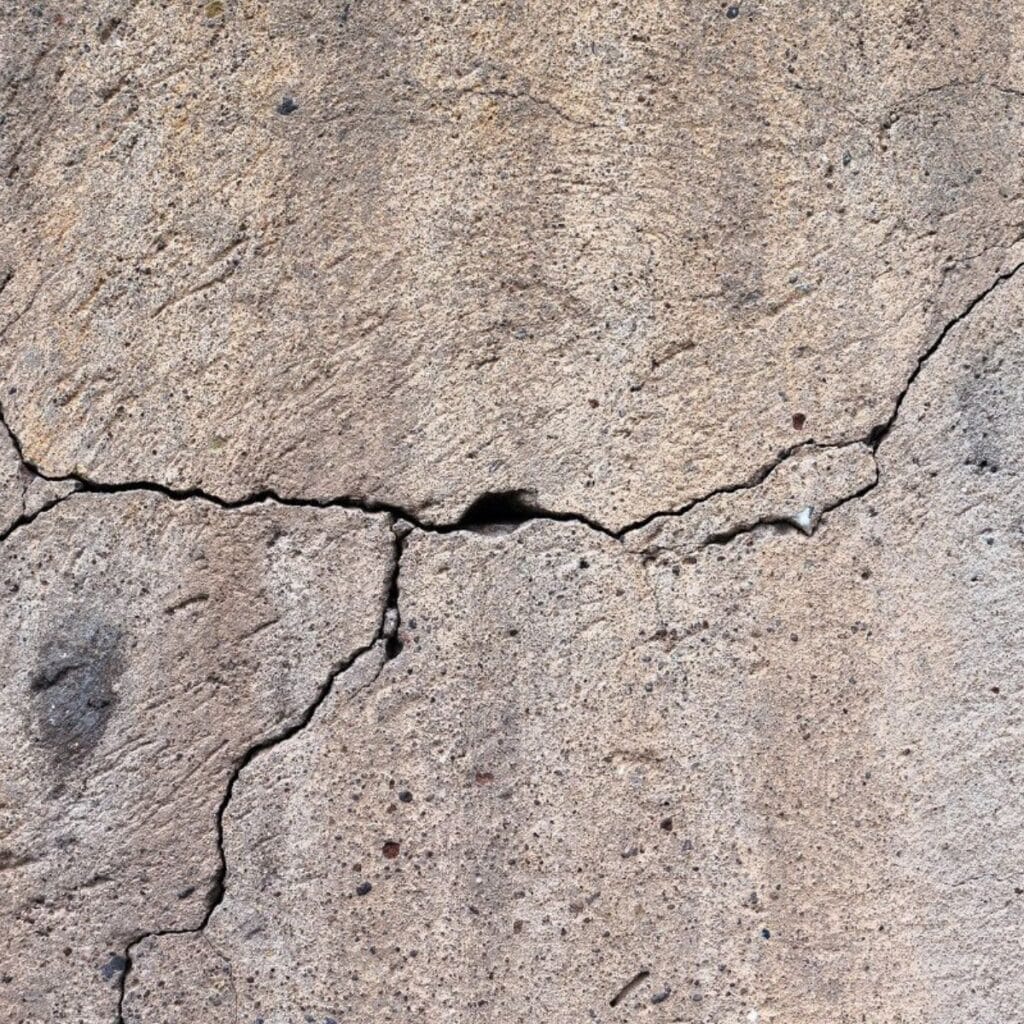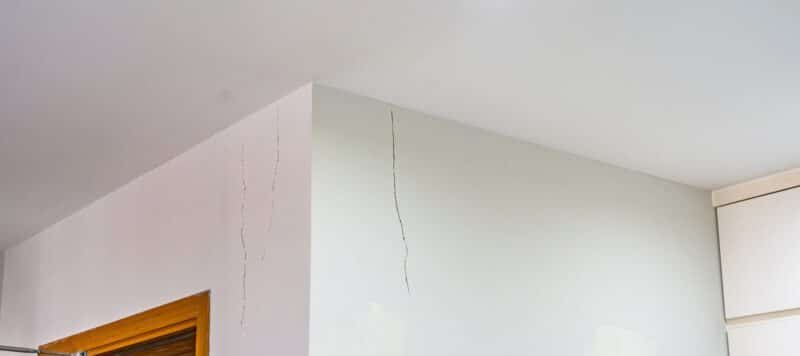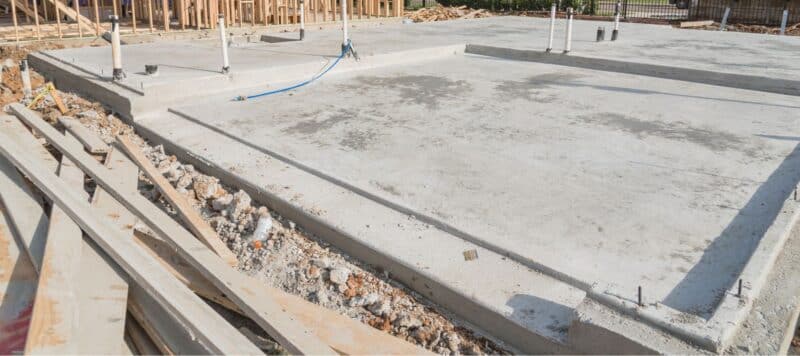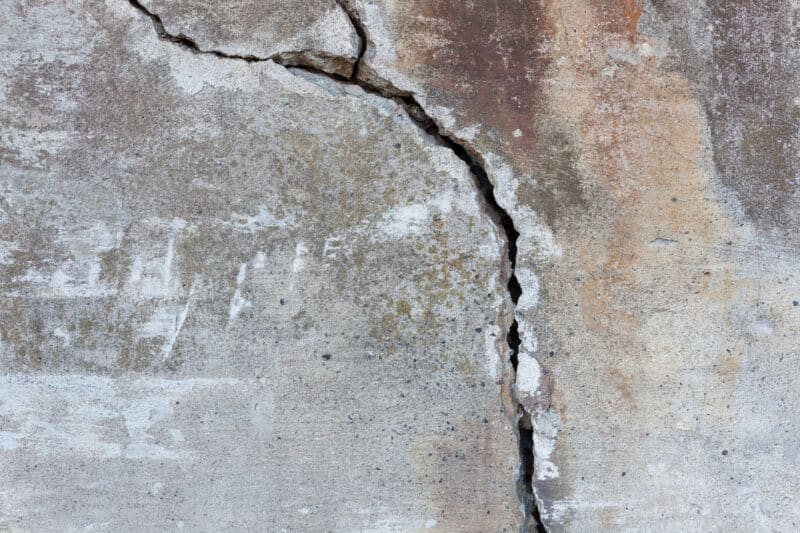Foundation Crack Repair In Alabama and Tennessee
Cracking in your foundation isn’t nearly as fun as cracking a joke. Ultimately, these cracks lead to different stability issues that can cause a large disruption in your day-to-day life. There are a lot of external factors that can cause ugly cracks to form around your house.
If your home could benefit from a little time in rehab, call our team to get your foundation on the straight and narrow. One of the many reasons that The Crack Guys have taken Tennessee and Alabama by storm is because of our excellent service, expert foundation repair solutions and excellent sense of humor! Call today for the best repair dealers in town.

What Causes Cracks In Foundation?
There are lots of different things that can contribute to cracks in your foundation, which can be extremely frustrating for homeowners. Luckily, keeping your eye out for risk factors can help with knowing what to expect out of the lifespan of your foundation. Here are a few of the most common causes of cracking.
Soil Movement And Settlement
One of the primary causes of cracks in your foundation is soil movement and settlement. While your foundation is the point of stability in your house, it is only as stable as the ground beneath it. Because your foundation relies heavily on the condition of the soil beneath it, any changes in the ground can cause it to become less stable.
Various factors that can contribute to soil movement are moisture content, soil type and external pressures. Clay soils are particularly prone to changes in size during temperature or moisture changes.
Loose or poorly compacted soils can settle under the weight of the structure, leading to cracks from the change in weight distributions. The differential settlement will result in cracks as the foundation is unevenly supported.
Poor Construction Practices
While all technicians work hard, some firms may cut corners or leave problems unresolved. Cracks in foundations can arise due to poor construction practices during the original foundation-laying process. Inadequate site preparation and insufficient reinforcement contribute to structural weaknesses that can lead to foundation cracks.
If concrete is not mixed and poured correctly, it may have weak spots that are more likely to crack. Inadequate drainage systems and waterproofing can also cause water to accumulate around the foundation, leading to erosion and structural damage over time.
External Forces And Environmental Factors
Environmental factors and external forces can significantly impact the stability of a foundation and will cause cracks in your foundation. Since we live in an area that experiences freeze-thaw rotations, the shrinkage from the foundation can actually cause crack formation over time as well.
Make sure that the people laying your foundation aren’t using substandard building materials that are more likely to crack or shift over time.
Call Today For Cracked Foundation Repair!
Don’t be the crack house! If you’ve noticed cracks forming across your foundation’s surface, don’t delay — call our crack experts today.
Cracks in your foundation can indicate underlying issues that can lead to more extensive damage and costly repairs down the line. With our advanced techniques and state-of-the-art equipment we’ll assess the extent of the damage and tailor a comprehensive repair plan to meet your specific needs.
Taking action early will ensure that your house has the stability that it deserves, and your peace of mind will always be our priority. Call the Crack Guys in Alabama and Tennessee today!






